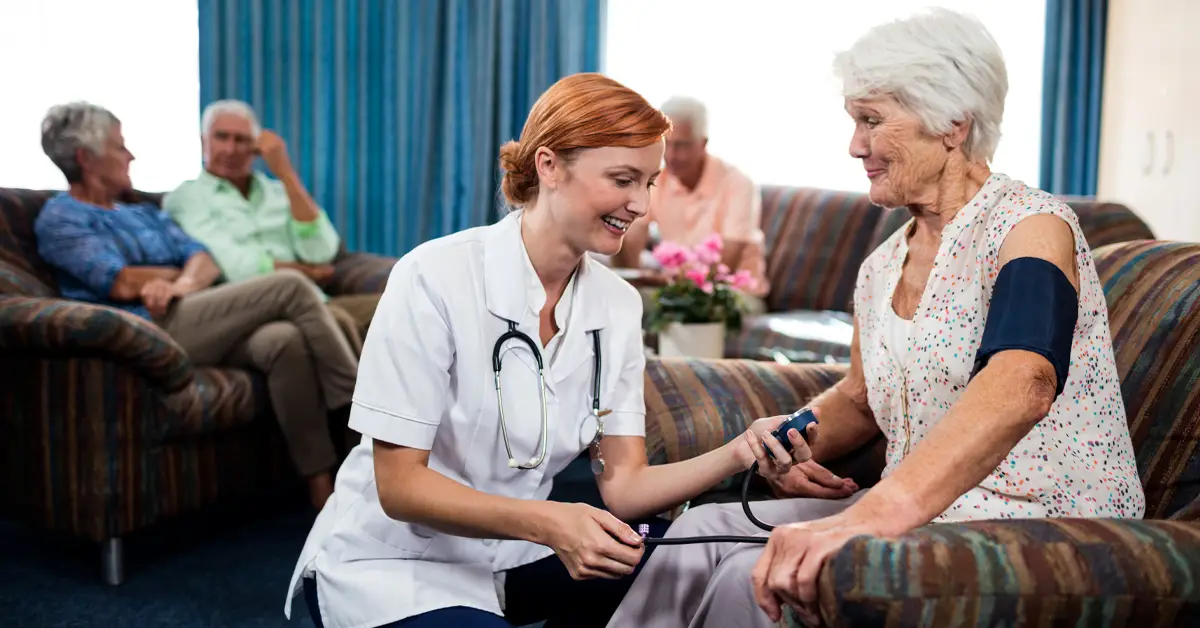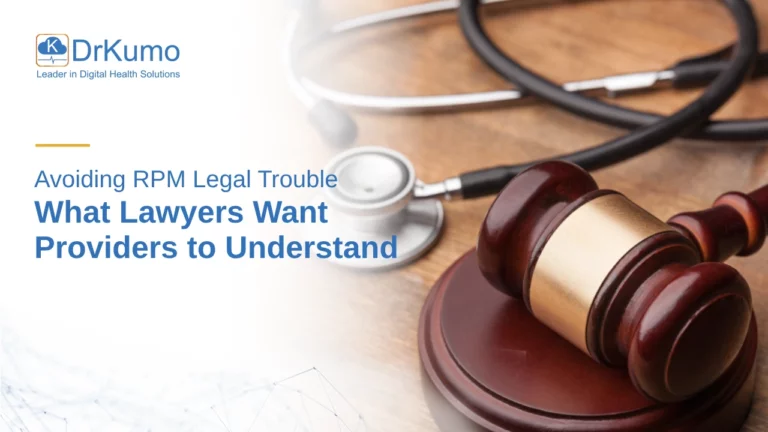According to World Health Organization, hypertension, also known as high blood pressure, is a common condition that affects 1.28 billion adults. Thankfully, with the rise of remote patient monitoring technologies, healthcare providers now have the ability to remotely monitor and diagnose hypertension in patients.
In this context, nursing care plans play a crucial role in ensuring that patients receive the right care and treatment. The purpose of this article is to explore the impact of remote patient monitoring on nursing care plans for hypertension.
By explaining the role of nursing care plans in hypertension management, we aim to highlight the importance of incorporating remote patient monitoring in the care of patients with hypertension.
Hypertension Care Plans
A care plan is a written document that outlines the care and treatment provided to a patient. In the context of hypertension, a care plan is specifically designed to address the medical and nursing needs of patients with high blood pressure.
A hypertension care plan should include a comprehensive assessment of the patient’s health status, identification of risk factors, nursing diagnoses, and a plan for nursing interventions. The following components are typically included in a hypertension care plan:
- Patient’s health history and current symptoms
- Blood pressure readings and cardiac output
- Identification of risk factors such as age, lifestyle, and family history
- Nursing diagnoses for hypertension based on the patient’s symptoms and health status
- A plan for nursing interventions, including medication management, lifestyle changes, and patient education
- A plan for monitoring and reassessment of the patient’s blood pressure and health status
Nursing Diagnoses for Hypertension
Nursing diagnoses for hypertension include elevated blood pressure, decreased cardiac output, and increased risk of heart failure. The North American Nursing Diagnosis Association (NANDA) provides a comprehensive list of nursing diagnoses that can be used in the care plan for hypertension. The nursing diagnosis should include a description of the patient’s symptoms and a plan for nursing interventions to manage hypertension.
Nursing Interventions for Hypertension
Nursing interventions for hypertension include medication management, lifestyle changes, and patient education. Medication management may include the use of vasodilators, calcium channel blockers, and other blood pressure medications.
Lifestyle changes include self-care and changes in diet, physical activity, and weight management. Patient education should include teaching the patient about hypertension, the importance of maintaining blood pressure levels, and the dangers of uncontrolled hypertension.
Monitoring and Reassessment
A patient’s blood pressure levels should be regularly monitored, and the care plan should be regularly reassessed and updated based on the patient’s health status and blood pressure readings.
Home blood pressure monitoring is an effective way to monitor blood pressure, and the patient should be taught how to use the blood pressure machine and interpret the readings. The nursing care plan should include a plan for follow-up visits and regular monitoring to ensure that the patient’s hypertension is being effectively managed.
Remote Patient Monitoring and Hypertension Care Plans
Remote patient monitoring (RPM) technology has revolutionized the way healthcare providers approach patient care, especially for chronic conditions like hypertension. With the help of devices like wearable sensors, mobile apps, and telemedicine platforms, healthcare providers can monitor a patient’s vital signs, including blood pressure, in real-time from a remote location. This technology has enabled healthcare providers to create more effective and personalized care plans for patients with hypertension.
By incorporating RPM into hypertension care plans, healthcare providers can diagnose and treat hypertension early on and avoid complications such as heart failure, cardiac output, and other cardiovascular diseases. With real-time data from RPM devices, healthcare providers can quickly identify changes in a patient’s blood pressure levels and respond with appropriate interventions, such as adjusting medication doses or prescribing lifestyle modifications.
RPM also provides healthcare providers with a more comprehensive view of a patient’s overall health status, allowing them to better understand how factors like stress, diet, and physical activity affect a patient’s hypertension. This knowledge can help healthcare providers make more informed decisions regarding a patient’s care plan and improve the overall quality of care for patients with hypertension.
Hypertension Nursing Care Plan
A nursing care plan for hypertension should prioritize reducing the patient’s blood pressure and minimizing the risk of cardiac events. The nursing care plan should consider the patient’s individual needs and risk factors, including their current blood pressure readings, medical history, and lifestyle. The nursing care plan should also address any symptoms of hypertension that the patient may be experiencing, such as headaches, dizziness, and shortness of breath.
The nursing process for developing a care plan for hypertension should include assessment, diagnosis, planning, implementation, and evaluation. During the assessment phase, the nurse will gather information about the patient’s blood pressure readings, risk factors, and symptoms. This information will be used to make a nursing diagnosis, which will guide the development of the care plan.
The care plan should include interventions that aim to reduce the patient’s blood pressure, such as lifestyle changes, medication management, and monitoring of blood pressure readings. The nurse should also provide education to the patient about hypertension, including risk factors, signs and symptoms, and strategies for managing the condition.
In addition to traditional care plans, the use of RPM in hypertension management has become increasingly popular. RPM technology allows the patient to monitor their blood pressure at home, with the readings transmitted to their healthcare provider for review. RPM enables the healthcare provider to track the patient’s blood pressure readings over time, and make adjustments to the patient’s care plan as needed. Studies have shown that RPM is effective in reducing blood pressure and improving patient outcomes in hypertension management.
Integrating DrKumo Remote Patient Monitoring with Care Plans for Hypertension
The use of Remote Patient Monitoring (RPM) technology like DrKumo’s can have a significant impact on care plans for hypertension. RPM technology allows for continuous monitoring of vital signs such as blood pressure, providing healthcare providers with real-time data to assess and adjust the patient’s care plan accordingly. This approach to care is particularly useful for patients with hypertension as it provides a more comprehensive and accurate picture of their condition.
DrKumo is a technology leader in highly scalable RPM solutions that address the most pressing healthcare problems with user-friendly and state-of-the-art technology. The solution is mobile-enabled, HIPAA-compliant, and powered by an AI/ML engine that provides real-time intelligence for timely interventions. With DrKumo, patients can manage their hypertension in the comfort of their homes, and healthcare providers have access to the information they need to make informed decisions about the patient’s care.
The DrKumo solution revolutionizes the way people access quality health care. With a culture that is innovative, collaborative, and technology-driven, DrKumo provides effective solutions for both patients and healthcare providers. By enabling continuous monitoring and real-time data analysis, DrKumo can help healthcare providers to create and implement more effective care plans for hypertension that are tailored to the specific needs of each patient. With DrKumo, patients can take an active role in their own care and health management, promoting better outcomes and a higher quality of life.
Takeaways
The management of hypertension is crucial to maintaining the overall health and wellbeing of patients. The use of remote patient monitoring in conjunction with nursing care plans has proven to be an effective tool in the treatment and management of hypertension. The nursing care plan for hypertension must consider the patient’s history, symptoms, and risk factors, as well as the patient’s vital signs, including blood pressure and capillary refill. It is important to assess the patient’s condition regularly to determine the effectiveness of the treatment plan and make any necessary adjustments.
Hypertension can be either primary or secondary, and may be due to peripheral or pulmonary congestion secondary to developing. The diagnosis and interventions must take into account the individual’s unique circumstances and the patient’s ability to participate in their treatment plan. The care plan must include a comprehensive approach to managing hypertension, including medications, dietary approaches, and lifestyle changes.
Severe hypertension is classified as a medical emergency, and patients with hypertension must be monitored regularly to maintain optimal blood pressure levels. The success of the treatment plan is dependent on the patient’s participation, as well as the expertise of the nursing staff. The nursing school curriculum should equip nursing students with the knowledge and skills needed to care for patients with hypertension and develop effective treatment plans.
Improve patient outcomes for those with hypertension by incorporating remote patient monitoring into your nursing care plan. Contact DrKumo now.








